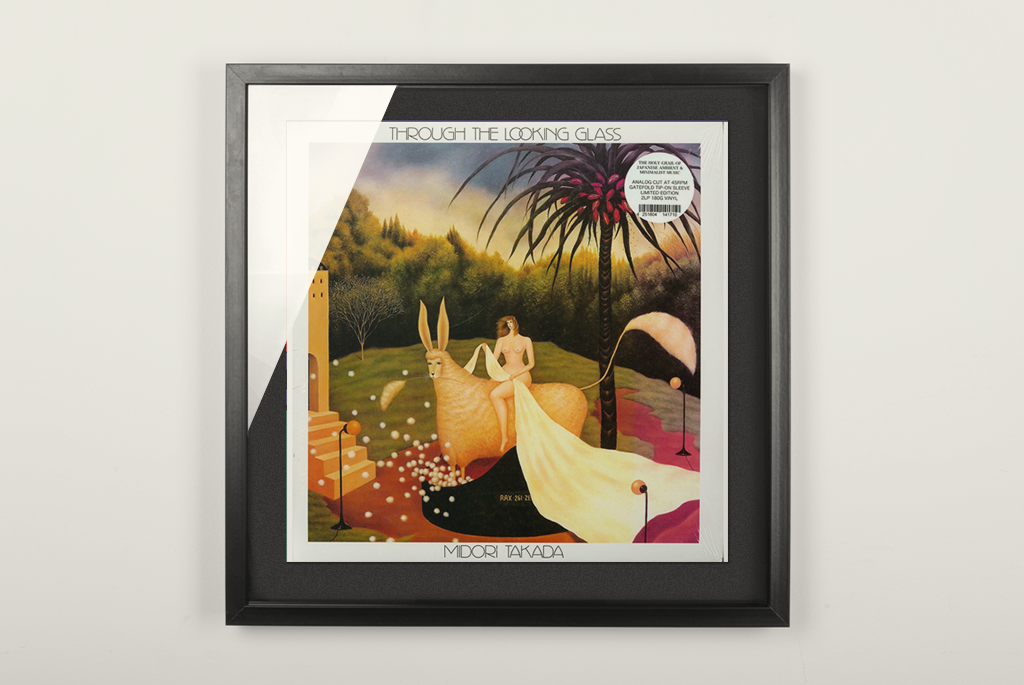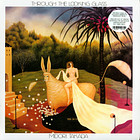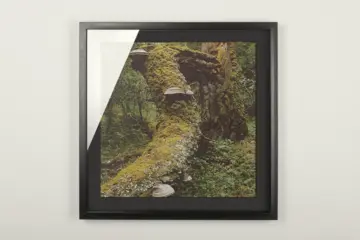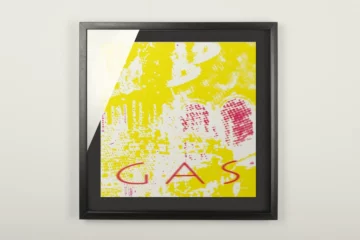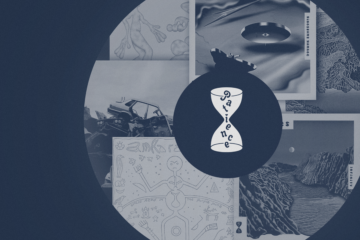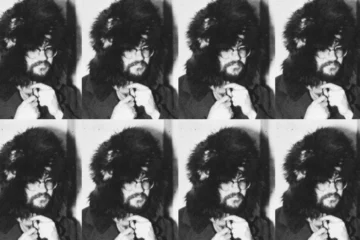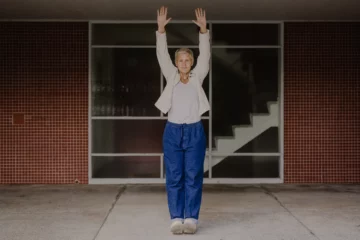When this record was re-released six years ago, for the first time since 1983 and for the first time on CD as well as vinyl, neither Midori Takada nor her début solo album »Through the Looking Glass« were known outside of insider collector circles. Particularly outside Japan. But whether something is a classic or not is not necessarily decided by sales figures. Whether or not something from the other side of the world would catch on elsewhere, however, was decided in no small part by the distribution channels back then.
The Japanese percussionist Takada completed her first artistic station in the 1970s in Berlin as a drummer with the RIAS Symphony Orchestra. She soon became dissatisfied with the local orchestral repertoire and moved back to Japan, where she began to explore African traditions such as Afrobeat, but also Indonesian gamelan and minimal music. With the Mkwaju Ensemble, which she founded, she initially combined these influences into a very idiosyncratic avant-garde jazz form, but was forced to break up the band for financial reasons after two albums were released in 1981.
So she recorded the planned third album on her own. Whether or not this personnel emergency was a stroke of artistic luck for »Through the Looking Glass« is hard to say in retrospect. At least it didn’t detract from the result. Takada makes the various influences entirely her own, forming them into something that is equal parts ambient, ethnic music and avant-garde without sounding like a copy of the originals.
Marimba, gong and tam-tam
Calm moods dominate the four numbers on »Through the Looking Glass«. The twelve-minute opener, »Mr. Henri Rousseau’s Dream«, evokes a gamelan ceremony, jungles, peoples. In addition to her main instrument, the marimba, along with the gong and tam-tam as additional percussion instruments, Takada also plays the recorder and ocarina like bird calls.
A little tighter, but no less rested, is the second number, »Crossing«. The combination of marimba, cowbell and harmonium creates a variation on the percussive works of Steve Reich, in particular »Five Marimbas«, with Takada creating an unusual tension between serenity and chargedness. Double tones from the marimba repeat insistently at first, seemingly unable to get away from one another. Only gradually do other sounds join in, their rhythm shifting in permanent motion.
The combination of marimba, cowbell and harmonium creates a variation on Steve Reich’s percussive works.
With »Trompe-l’œil«, she seems to bring together the tonal repetitions from »Crossing« and the bird calls from the opening piece, this time using a coke bottle instead of a recorder, reminiscent of owl calls, backed by the notes of a harmonium circling in the depths.
The harmonium is used to great effect in the concluding number »Catastrophe Σ«, where it seethes as it heralds the disaster that is the title of the piece. The piece, the longest on the record at 15 minutes, builds slowly, passing through various states in which introverted piano figures create an intermediate layer for a short time before the relentlessly worked tom-toms gain the upper hand and herald the grand turnaround until the abrupt conclusion.
By the last quarter at the latest, Midori Takada reveals herself to be an artist who sees her music not merely as a means of keeping her audience in a half-awake state, but also as a means of commanding attention. »Through the Looking Glass« can best be heard as a coherent suite, as a work in four movements, each of which has its own specific character and triggers quite different emotional responses. After all, what is grandly called »great music« occasionally presupposes that you have to stretch yourself a little.

